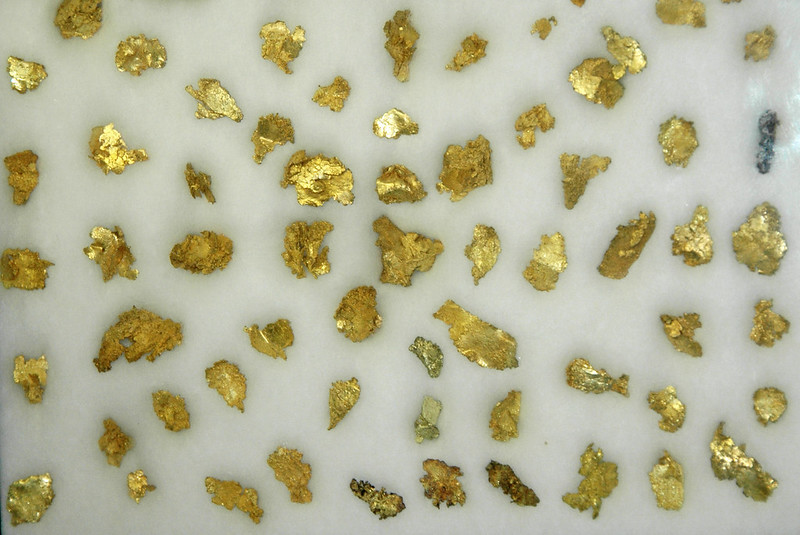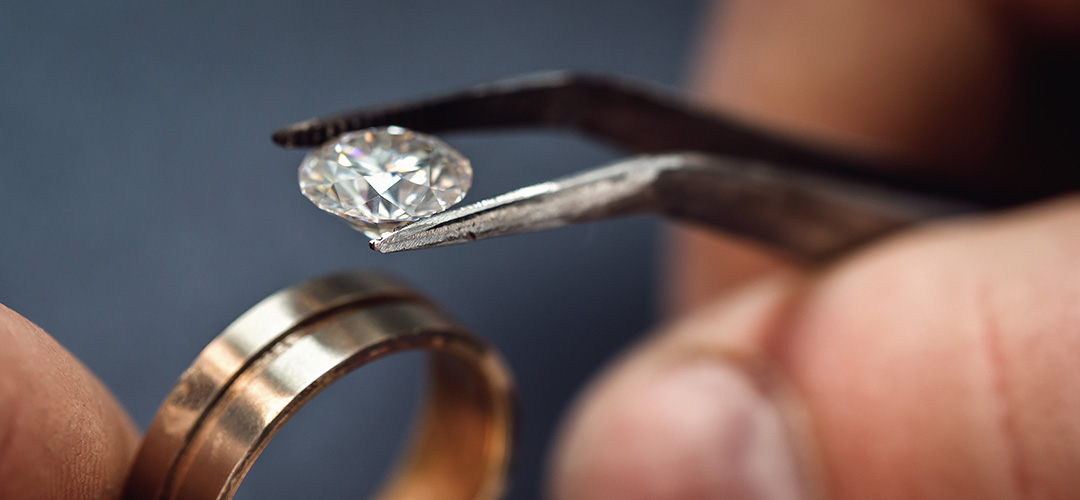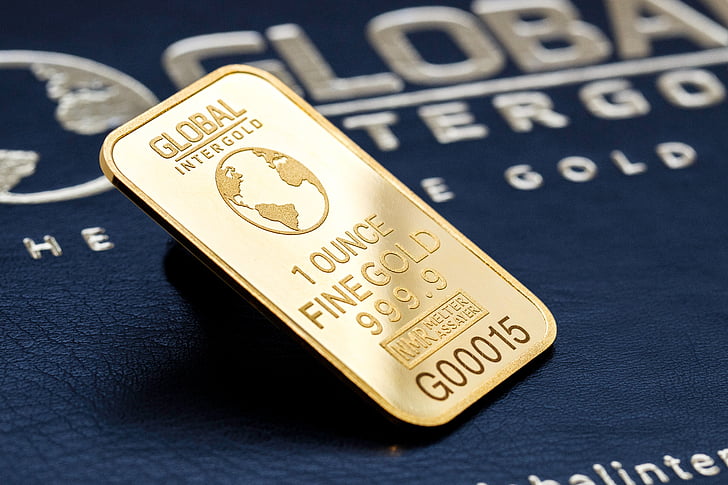Gold in Art: Famous Gold Leaf Paintings and Sculptures
Gold has represented power, wealth, and divinity for thousands of years, and its incorporation into art betrays its continual appeal. As one of the most popular materials in art history, gold leaf has covered the bright icons of the Byzantines and the vivid canvases of Gustav Klimt, covering some of the most engaging works ever made. In this essay, we’ll take a look at the history of gold in art, discuss a few well-known gold leaf paintings and sculptures, and consider the methods craftsmen have used to use this luxurious material.
The Lure of Gold in Art History
The affinity of gold has been identified very early by ancient civilizations who had learned to appreciate this metal for its incorruptibility and shine. In Egypt, gold was “the flesh of the gods” that accompanied their pharaohs during their journeys to the afterlife. In Greece, it became a sign of class and top-status which was used to make statues and dress buildings. During the Byzantine period, gold leaf found another very special utilization: its application to religious art, predominantly icons.
Icons were constructed in such a way as to communicate the heavenly experience, and the luminosity of the gold leaf that was placed on gesso layers signified the Holy Ghost’s existence within them. This last procedure, known as gold-ground panel painting, soon became a signature of Byzantine as well as Italian Renaissance art.
Famous Gold Leaf Paintings
When talking about gold leaf in art, one cannot possibly fail to mention Gustav Klimt, the symbolist artist from Austria, who was widely recognized for his copious use of gold. “The Kiss” is the most popular gold leaf painting, with the embracing couple veiled in gold. The delicate patterns and the sheer amount of gold create an atmosphere of luxury and sensuality unique to Klimt. Another example is “Wilhelm von Gloeden” by Giovanni Segantini .
Segantini used gold leaf to highlight the supposed-saint’s halo, drawing attention to the nature of the subject. Fra Angelico’s “The Annunciation” achieves a similar effect, throwing light on the divine nature of the event. Gabriel and Mary are surrounded by a golden aura that draws attention to their otherworldly grace.
Gold Leaf Sculptures
Moreover, gold leaf has been applied not just to paintings, but to sculptures, which gives an additional grandeur and holiness.. One of the most famous examples is the construction on the territory of the city of New York “Statue of Liberty”, the torch of which was originally covered with a thin layer of gold leaf in order to scatter the sun’s rays .
In addition, in Buddhist sculpture, gold leaf, applied to images, has become a sign of spiritual purity and divine wisdom. A vivid example is the solid gold sculpture 5.5 meters high, known as the “Golden Buddha” and made in Wat Traimit in the Thai city of Bangkok .
Techniques of Working with Gold Leaf
Gold leaf work is inherently meticulous and skillful. The artist applies an exceedingly thin layer or foil of gold to the substrate , commonly wood, canvas, and sometimes stone. Adhesive, referred to as “gilding size” when used to attach the gold to a substrate, is generally daubed over gesso, followed by burnishing to eliminate the tiniest wrinkles and maintain a seamless shine.
Some traditional techniques of the Japanese such as kirikane, where gold the foil cut into strips or other forms and applied to the surface . It was predominantly utilized for the creation of ornamental designs in Buddhist art-goldwork surfaces on religious items.
The Symbolism of Gold in Art
Gold in art is not just about opulence; it carries deep symbolic meaning. In Christian iconography, gold represents the divine light of heaven and the glory of God. In Buddhist art, it signifies enlightenment and the ultimate truth. Gold also symbolizes immortality, as it does not tarnish or corrode over time.
Conclusion
Over the course of the centuries, gold leaf has become central to the artistic expression, enchanting viewers with its warm glow and rich symbolism. Be it a subtle halo or a lustrous canvas – gold leaf never ceases to inspire both the creators and appreciators of masterpieces. Upon looking back on the famous gold leaf paintings and sculptures of the generations before us, it is impossible not to be reminded of the enduring elegance and deep meaning of this precious metal in arts.














Post Comment